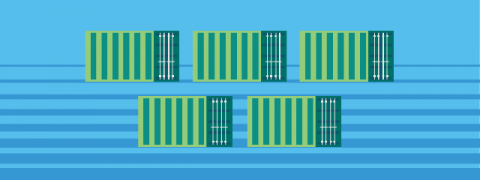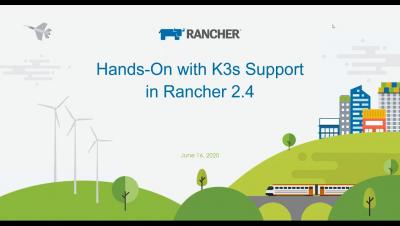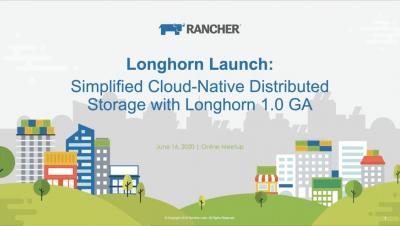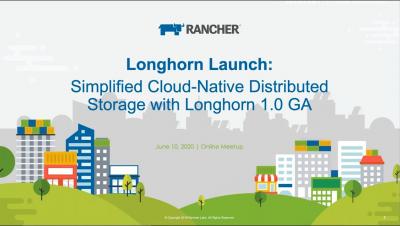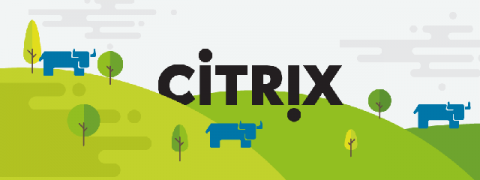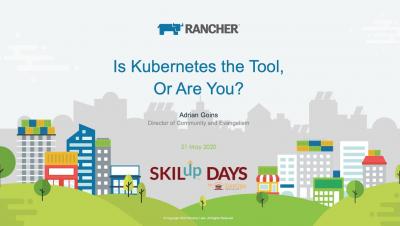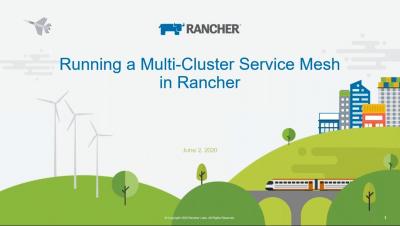Deploy HAProxy Ingress Controller from Rancher's Apps Catalog
In Kubernetes, Ingress objects define rules for how to route a client’s request to a specific service running inside your cluster. These rules can take into account the unique aspects of an incoming HTTP message, including its Host header and the URL path, allowing you to send traffic to one service or another using data discovered in the request itself. That means you can use Ingress objects to define routing for many different applications.







